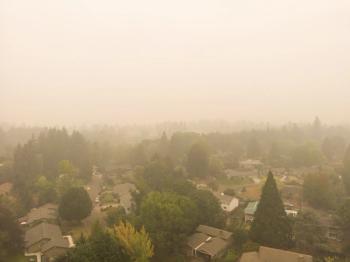
A Guide to Managing Opioid Use Disorder for the Pediatric-Focused APRN
Kristin Hittle Gigli, PhD, RN, CPNP-AC, CCRN, a post-doctoral scholar in the Department of Critical Care Medicine at the University of Pittsburgh led the discussion with the latest data on pediatric opioid mortality.
There are many medication-based treatment options available for the management of neonatal abstinence syndrome and pediatric opioid use disorder, according to a session at the virtual National Association of Pediatric Nurse Practitioners 2020 Annual Meeting.
Kristin Hittle Gigli, PhD, RN, CPNP-AC, CCRN, a post-doctoral scholar in the Department of Critical Care Medicine at the University of Pittsburgh led the discussion with the latest data on pediatric opioid mortality.
There was a 268% increase in pediatric opioid mortality in the United States from 1999-2016, with 80% being unintentional deaths and 73% attributed to prescription opioids. In regard to the 1/3 of adolescents who died of co-ingestion, Gigli added that the most common co-ingestions are benzodiazepine and cocaine.
“Only about 6% of adolescents who die of an opioid overdose also had alcohol in their system at the time of their death,” Gigli said.
For opioid use in pain management, there is a particularly significant pattern in pediatric patients, trauma, and mechanical ventilation, according to Gigli. Long term opioid use for pain and sedation creates tolerance, leading to an increased dose of opioid medications. Further, opioid withdrawal and physical dependence can occur from the doses, which can lead to a final result of opioid-induced hyperalgesia.
A version of this article was originally published by Contemporary Clinic. Visit https://www.contemporaryclinic.com/view/a-guide-to-managing-opioid-use-disorder-for-the-pediatric-focused-aprn to view the full article.
Newsletter
Stay informed on drug updates, treatment guidelines, and pharmacy practice trends—subscribe to Pharmacy Times for weekly clinical insights.




